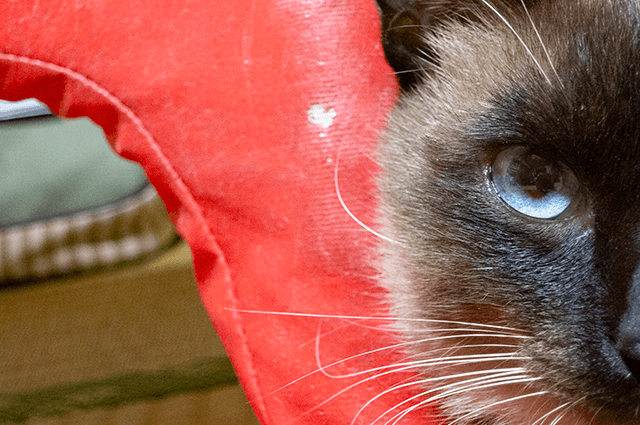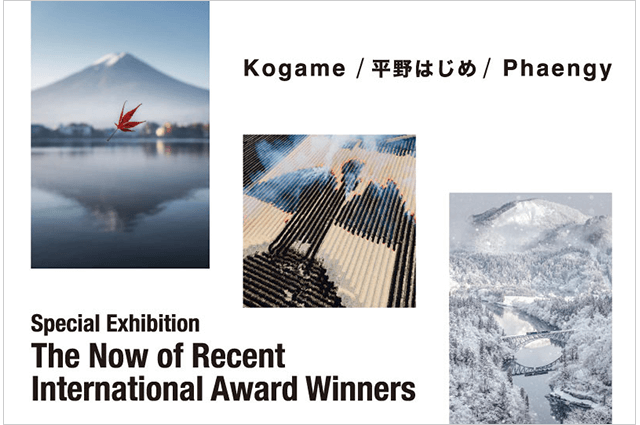Takashi Shikano Photo Exhibition When Rain Rises from the Depths
- Dates
- Friday, January 10 - Thursday, January 23, 202511:00~19:00
Takashi Shikano Profile
Born in 1974 in Katsushika Ward, Tokyo. Graduated from the Department of Film and New Media, Faculty of Art and Design, Tama Art University. After working in a variety of occupations, began shooting for advertisements and magazines. Is a member of the Japan Professional Photographers Society.
Major Exhibitions
- 2009
- Restoring the Five-Storied Pagoda on Mt. Minobu, Canon Gallery Ginza and other locations
- 2010
- Beijingscape, Epsite Gallery, Tokyo
- 2012
- Sympathizing with the Sacred Mountain, Shichimenzan, Konica Minolta Plaza
- 2016
- Hayakawa, Yamanashi: Smallest Town under the Lens, Shinjuku Nikon Salon and other locations
- 2017
- Taketa People, Taketa Colors, Taketa Art Culture
- 2018
- Shima Shima, Glocal Café Ikebukuro
- 2020
- Ashita-Color, Roonee 247 Fine Arts
- 2020
- #shibuyacrossing, Sony Imaging Gallery
- 2021
- Machi Machi, Kenko Tokina Gallery
- 2022
- Burning Away Desires, Running to the Sacred Mountain, Nine Gallery
- 2022
- It's the Work of Light, Kissa Laundry Main Store
Photo Books and Publications
- Restoring the Five-Storied Pagoda on Mt. Minobu, Heibonsha
- Sympathizing with the Sacred Mountain, Shichimenzan, Heibonsha
- Hayakawa, Yamanashi: Smallest Town under the Lens, Heibonsha
- 100 Ways to Take Great Photos, Genkosha
Special Exhibition – The Now of Recent International Award Winners
Current





Hayakawa Town in Yamanashi Prefecture is nestled in the Minami Alps , and 96 percent of its large area is covered with forest. I have been fortunate to visit this town regularly for over 10 years, during which I have photographed approximately 850 residents. I strongly feel that the people of Hayakawa, young and old, male and female, all have glowing skin. In particular, the elderly look much younger than their actual age, which I think is due to the water.
Hayakawa Town has 22 water sources in the main neighborhoods. The residents maintain the water sources with their own hands. The water that comes out of the taps is almost natural water from the Minami Alps . There are also springs at the foot of the mountains here and there, and people can be seen coming from far away to fetch water. The water comes from rain that fell on the steep mountains about 20 years ago. The pristine water, filtered through trees, soil and rocks, flows deeply into people's very being.
I once heard about a high school student from this town who attended school in the Kofu Basin and brought water from home because the school tap water didn't suit his taste. The Kofu Basin boasts one of the highest rates of sunny weather in Japan, but Hayakawa Town, only one mountain away, receives nearly twice as much precipitation per year. Many disasters are caused by torrential rains and typhoons, but the rain is also a blessing, nurturing plants and animals. The town has no convenience stores or supermarkets, so people catch animals and fish, cultivate the fields and share the surplus with their neighbors. In this town without convenience stores or supermarkets, people living a nearly self-sufficient lifestyle is not unusual. While the construction of the Linear Central Shinkansen Line is progressing, I doubt the town will change even if the Linear Line runs through the town at a speed of 500 kilometers per hour.
To live with the mountains is to live with the rain. In villages where the custom of praying for rain endures, people beat drums and pots, sending their prayers skyward when drought lingers. The rain that falls then vanishes into the forest, merging into a single underground stream, awaiting the time to surface again.